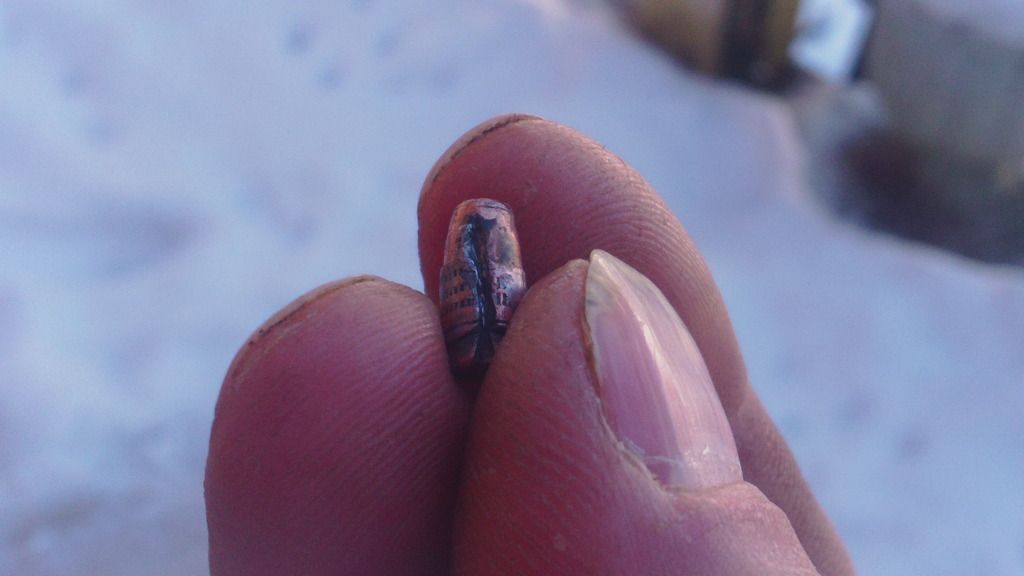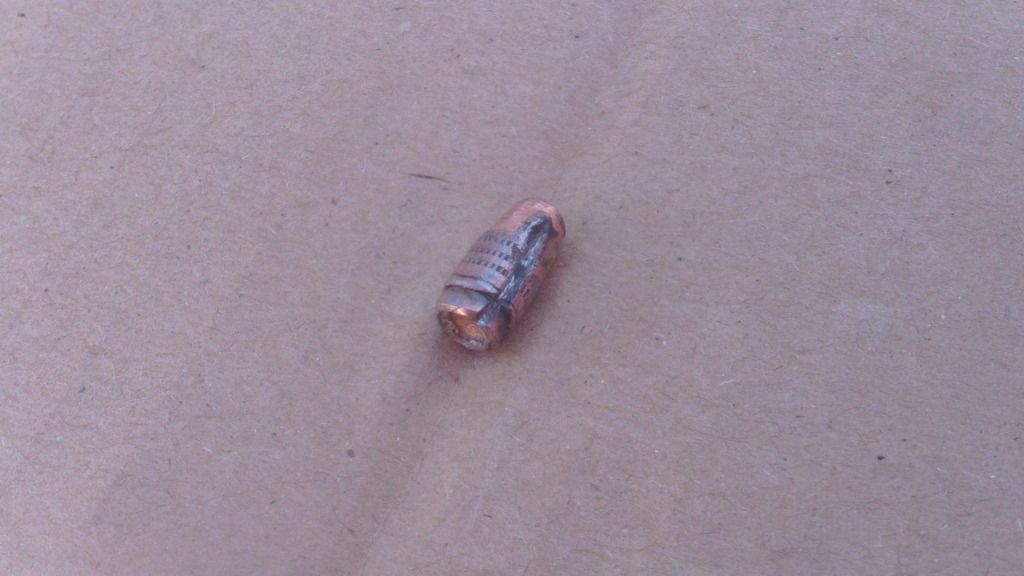alaskabushman
New member
So, my sisters boyfriend took apart his friend Ruger Mark I .22 pistol. Guess what? He couldn't get it back together. Multiple attempts and several youtube videos later he contacted me.
"Hey man, you know how to put a standard Ruger pistol back together?"
"Yeeeah, but I generally avoid taking them apart if I can..."
"I've realized that's probably smart..."
"let me take it home and I'll see what I can do."
He had the sear apart and everything. Thankfully he left the trigger group alone.
Long story short, I compared it to my own Mark II and was able to get it put back together in about 10 minutes.
My question is this:
While I was test firing the pistol for function (using Winchester hollowpoint bulk ammo) I was almost through the magazine when I felt a primer pop, but didnt see any new hole in the target. I stopped and checked, case was not ejected but the bullet was not in the case. I had two rounds left but I pulled out the mag and put the gun away. I had my MkII along, and since it was loaded I finished it off. Taking a look down the barrel of the MkI (double checking to see it was in fact unloaded)...sure enough, there was a bullet stuck in the bore. After popping it out with a cleaning rod, this is what I was greeted with...


So what the heck happened? Some kind of gas blow-by or something? Like I said it just sounded like a primer pop, not a full report.
Ideas?
"Hey man, you know how to put a standard Ruger pistol back together?"
"Yeeeah, but I generally avoid taking them apart if I can..."
"I've realized that's probably smart..."
"let me take it home and I'll see what I can do."
He had the sear apart and everything. Thankfully he left the trigger group alone.
Long story short, I compared it to my own Mark II and was able to get it put back together in about 10 minutes.
My question is this:
While I was test firing the pistol for function (using Winchester hollowpoint bulk ammo) I was almost through the magazine when I felt a primer pop, but didnt see any new hole in the target. I stopped and checked, case was not ejected but the bullet was not in the case. I had two rounds left but I pulled out the mag and put the gun away. I had my MkII along, and since it was loaded I finished it off. Taking a look down the barrel of the MkI (double checking to see it was in fact unloaded)...sure enough, there was a bullet stuck in the bore. After popping it out with a cleaning rod, this is what I was greeted with...


So what the heck happened? Some kind of gas blow-by or something? Like I said it just sounded like a primer pop, not a full report.
Ideas?
